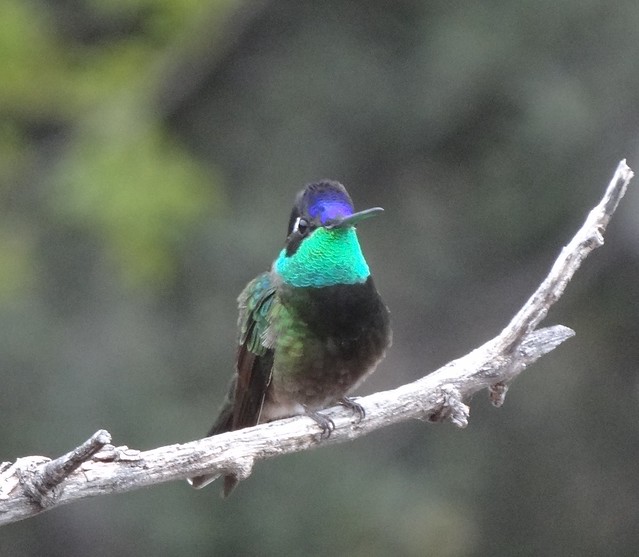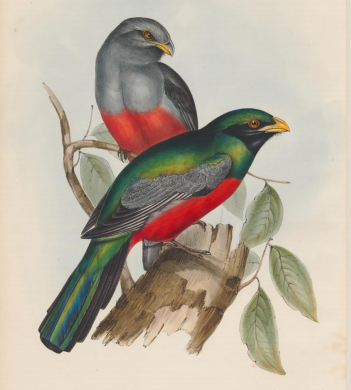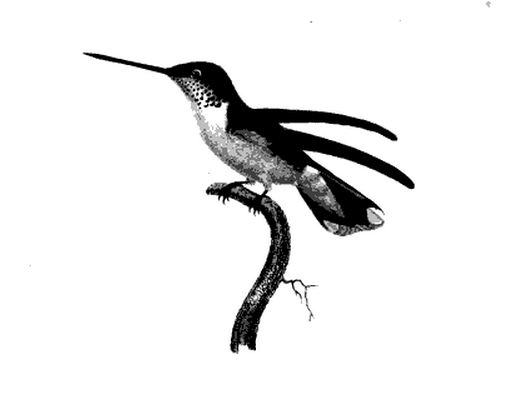In 1846, Dr. Thomas B. Wilson, one of the great early benefactors of the Academy of Natural Sciences, asked his brother in England “to make a collection of birds” for the Philadelphia institution. Edward Wilson set about the task with his usual industry, and soon came to J.E. Grey at the British Museum.
Grey suggested, sensibly enough, that rather than assemble specimens piecemeal from dealers, Wilson purchase one of the several complete collections then on the market.
I mentioned two or three, among the others Prince Masséna’s collection in Paris…. I said that I intended to go to Paris in a very short time, and that, if he liked it, I would see what could be done.
Wilson, fearing that that famous cabinet would be beyond even his lavish budget, hesitated, but a few days later agreed to give it a try. Grey arrived in Paris,
and immediately sent a note to the Prince Masséna, saying that I was willing to purchase the collection of birds … and that I was prepared to pay for it in ready money. While sitting at dinner at the table d’hôte, an aide-de-camp came in, all green and gold, with a cocked hat and a large white feather, to inquire for me, with a message from the Prince to inquire what I intended by ready money, and … if I was ready to pay the sum that evening.
The banks were already closed, but the next morning, Wilson
gave his highness a cheque … and he gave me a receipt and handed me the keys of the cases, and I sealed them up, the affair being settled in a few minutes.
Wilson was “much pleased with the purchase,” as one might imagine, and the collection, “a very large and good one,” is now one of the greatest treasures held in any American museum.





